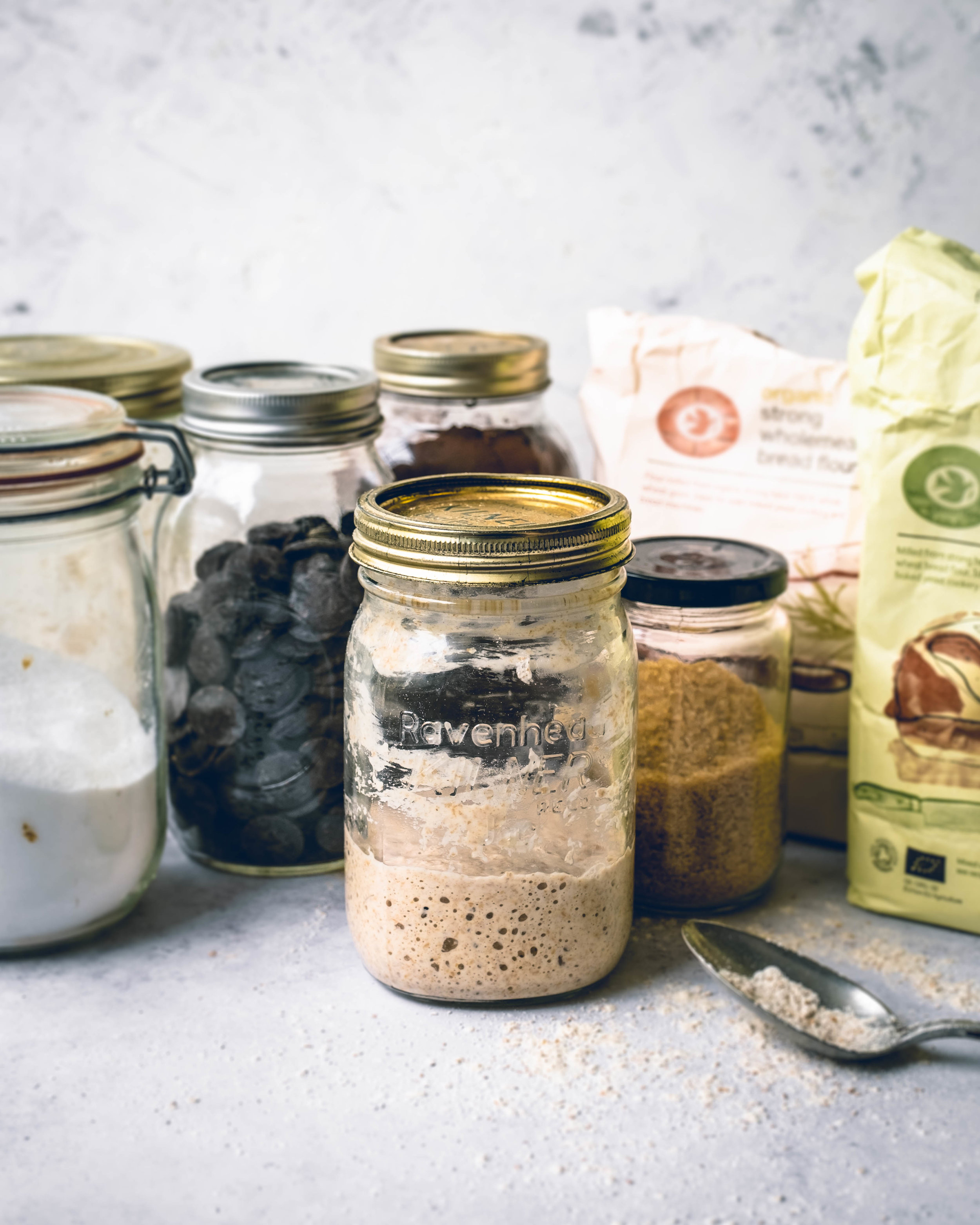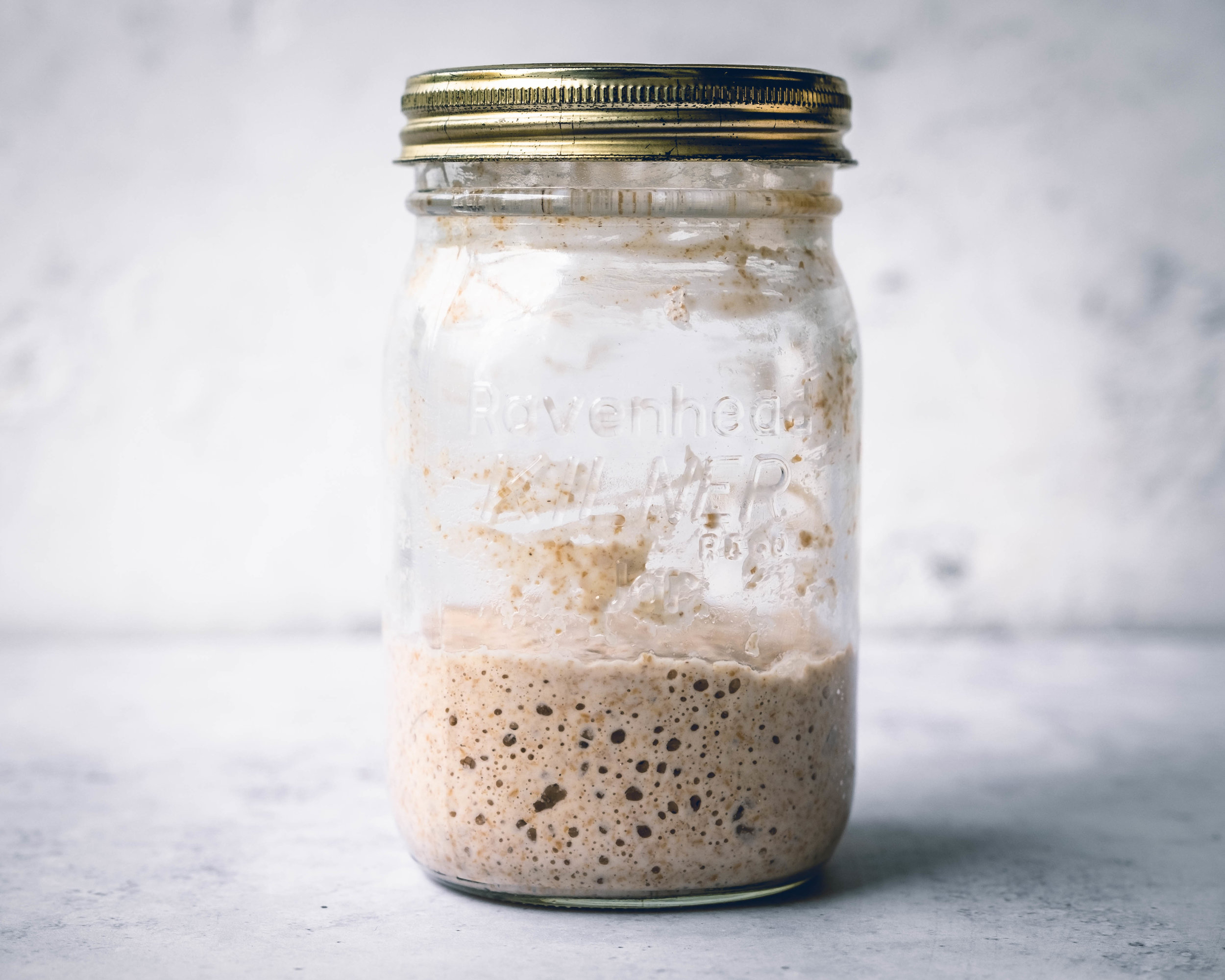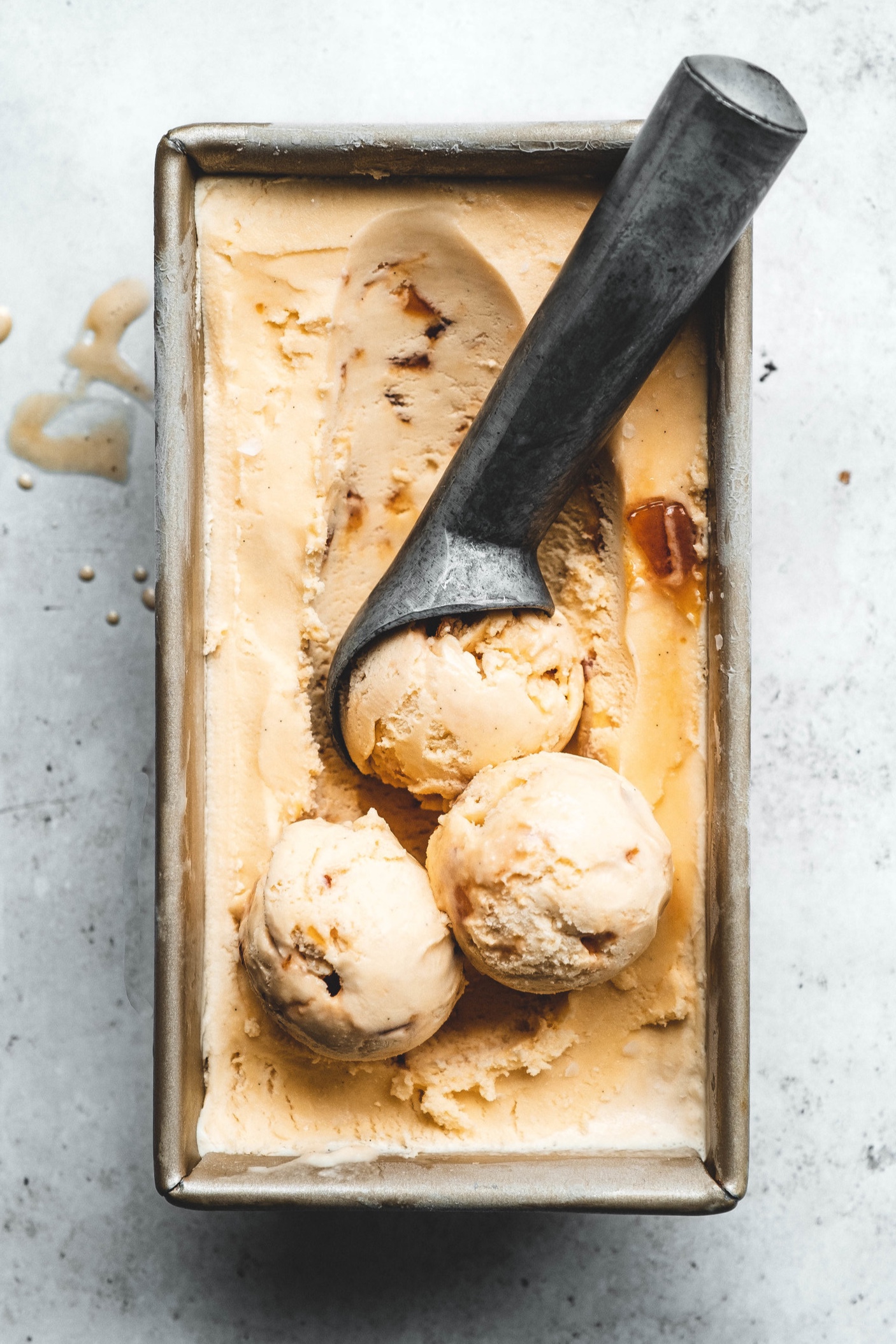Sponsored by Doves Farm Organic Flour
I would love to title this with all the different ingredients that make this dish great, but it would make the title far too long. The tomatoes are hiding a delicious layer of zataar and cream cheese and are topped with a sprinkling of salty feta and parsley, all cosily packed inside a buttery pastry made with cornmeal and coated in a generous amount of sesame seeds. There’s definitely a lot going on in terms of flavour but in reality, it’s an incredibly simple dish to make, perfect for those summer days where long bakes and hours in the kitchen isn’t something we always want.
The beauty of a galette, a free form tart, is that the more rustic it looks the better it looks. You can make them savoury as I have done here or make use of all the wonderful summer fruits and make an incredible dessert. The pastry is a mix of Doves Farm Organic Plain White Flour and cornmeal, which gives the dish a delightful texture and it comes together in minutes. This dough is my go-to for galettes and in the summer a galette is exactly the style of baking I prefer, quick and easy and a little bit homey. As you probably know, I have worked with Doves Farm before, they’re a UK organic flour producer and you can almost always find a few different bags of their flours in my cupboards. Plain flour is the obvious choice here, we’re letting the filling do the talking, but if you wanted a little extra boost this would be amazing with a little buckwheat flour subbed in too, Doves Farm also have a brilliant version of this flour too widely available in supermarkets. The filling is more of an assembly job than any real work. The base is spread with a generous layer of cream cheese and then topped with a mix of zataar and olive oil before being covered by a scattering of tomatoes and if you want to take it a step further a final addition of feta is always a good idea. This is the sort of dish I would make with friends coming over for lunch over the summer, making the pastry in the morning and then assembling as they arrive serving this fresh from the oven along with a glass or two or rosé.
Doves Farm organic flours are available at Sainburys, Tesco, Ocado and from www.dovesfarm.co.uk
Summer Tomato Galette
Serves 8-10
Cornmeal Galette Dough
185g Doves Farm Organic Plain White Flour
75g coarse cornmeal
1/4 tsp salt
1 tbsp caster sugar
125g unsalted butter, chilled and diced
2-3 tbsp water
4-5 tbsp sesame seeds
Filling
185g cream cheese
1 tbsp zataar
1 tbsp extra virgin olive oil
2 large tomatoes, sliced into 5mm thick rounds
400g cherry tomatoes, halved
25g feta cheese
1 tbsp chopped parsley
In a large bowl mix together the plain flour, cornmeal, salt and sugar. Add the butter and toss together to coat in flour. Rub the butter into the flour mixture until it resembles coarse breadcrumbs. Add the water a couple tbsp at a time, mixing together with a butter knife. Add enough water so that when you squeeze some of the mixture together it holds as a ball of dough. Tip the mixture out onto the work surface and use your hands to briefly bring together into a uniform dough. Press the pastry into a disc and wrap in clingfilm before refrigerating for at least an hour before using. At this stage the pastry can be refrigerated for up to a week.
About 30 minutes before you assemble the galette prep the tomatoes. Place the sliced tomatoes onto a couple layers of kitchen roll and place a couple more layers on top. Do the same with the halved cherry tomatoes, cut side onto the kitchen roll. Set these aside for 30 minutes so that a little excess moisture is removed from the tomatoes, which will prevent the galette becoming soggy.
Preheat the oven to 190C (170C Fan).
When ready to assemble the galette remove the dough from the fridge and, between two pieces of parchment paper, roll out into a circle roughly 12-13 inches wide. Pell off the top sheet of parchment and sprinkle over the sesame seeds, coating liberally. Use your rolling pin to gently roll the pin over the seeds, slightly pressing them into the pastry so they stick. Place the parchment back onto the pastry and carefully invert the pastry so the sesame seeds are now on the bottom, placing the dough onto a large baking sheet. This stage is likely to result in a few errant sesame seeds scattering onto your kitchen floor and for that I apologise, but trust me when I say it’s worth it. Peel off the top piece of parchment and spread the cream cheese over the centre of the pastry, leaving a border of roughly 2-3 inches. Mix the zataar with the olive oil and spread this mixture over the cream cheese. Layer the tomatoes on top of the cream cheese, first laying the sliced tomatoes then scattering over the cherry tomatoes. Sprinkle the feta, if using, over the tomatoes and finish with a little salt and pepper. Take the excess pastry and fold up, and over, the tomatoes.
Bake in the preheated oven for about 45-50 minutes or until the pastry is golden brown. Remove from the oven and allow to cool for 10 minutes or so before serving. I like to drizzle the tomatoes with a little extra virgin olive oil just before serving.








